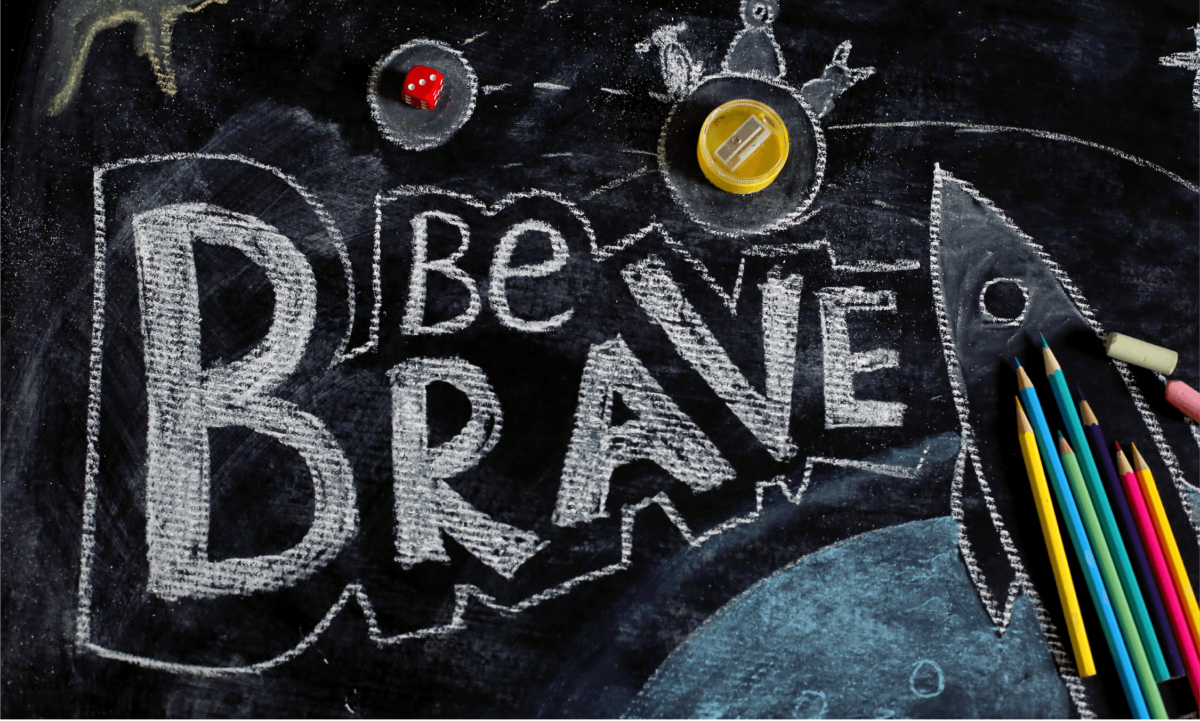Timing, as they say, is everything. Last week I published a blog post – Is It Time to Rethink Our Approach to Cancer Treatment? – hours before President Obama’s state of the union address. During that address, the president announced that Vice President Joe Biden would lead a new initiative to end cancer.
Listening to the State of the Union address last week I wondered how President Obama would use this speech to influence his legacy. He made a number of points that we’d expect to hear supporting children, families, and the middle class. And then, from out of the blue (at least from my non-inner-circle perspective), he announced that the vice president would be taking charge of an initiative to end cancer: a new initiative in the Obama administration that was first introduced by the Nixon administration.
This appointment by President Obama was actually quite logical since the vice president had apparently called for a moonshot three months ago to cure cancer. It’s also a sentimental appointment on the heels of the death of Beau Biden, the vice president’s son, who lost his life to brain cancer last year.
This appointment came as no surprise to the vice president, who published a blog post following the SOTU and shared it via twitter. The blog shared the vice president’s plans to “accelerate our efforts to progress towards a cure.” He also indicated he wanted to hear from people if cancer had touched their lives. The vice president then went on to let us know that he intends to do two things:
- Increase resources — both private and public — to fight cancer.
- Break down silos and bring all the cancer fighters together — to work together, share information, and end cancer as we know it.
And that is when I sighed a heavy sigh. A sigh of cynicism, a sigh of sadness, a sigh of defeat. It sounds to me as though we are taking the same approach to dealing with cancer we’ve always taken. Now, simply because we’ve elevated the desire to deal with this disease we expect the same action to produce a different result.
Why, I wondered, were we continuing down the same road? The road of pouring seemingly endless amounts of money down a seemingly endless black hole? Increasing resources in my mind translates to more cash for the pharmaceutical companies. That might make sense to me if the results to date indicated this would be a promising route to take. Unfortunately, in 2015 cancer diagnoses in the US were expected top 1.5 million and cancer deaths were on track to surpass 500,000. It really makes me shake my head to think that $2 billion will be invested in the same fashion – more research conducted by the same people who have had access to billions upon billions of dollars in the past.
Is the vice president asking what will happen if we:
- Explore the unconventional?
- Invest in the science-based complementary treatments serving cancer patients so well?
- Focus on at prevention?
- Take a look at some “anecdotal” evidence?
- Don’t invest $2 billion in research?
Since I’m not in the inner circle, I can’t say that these questions aren’t being asked. I’d be surprised, though, if discussion of any of these questions is on the agenda.
So…what did I do with my sighs of cynicism, sadness, and defeat? I let them take up a few moments of my time. Then I responded to the vice president’s request for information from anyone whose life had been touched by cancer by:
- Leaving a response on his blog post.
- Referencing his moonshot in a tweet or two.
- Sending him a message via the White House website.
So far, no response. No worries. I’m off to write Vice President a note. After all, this moonshot could do us all a world of good if a few assumptions are kicked to the curb. My advice to the vice president is simple:
Be bold.
Be brave.
Ask difficult questions.






